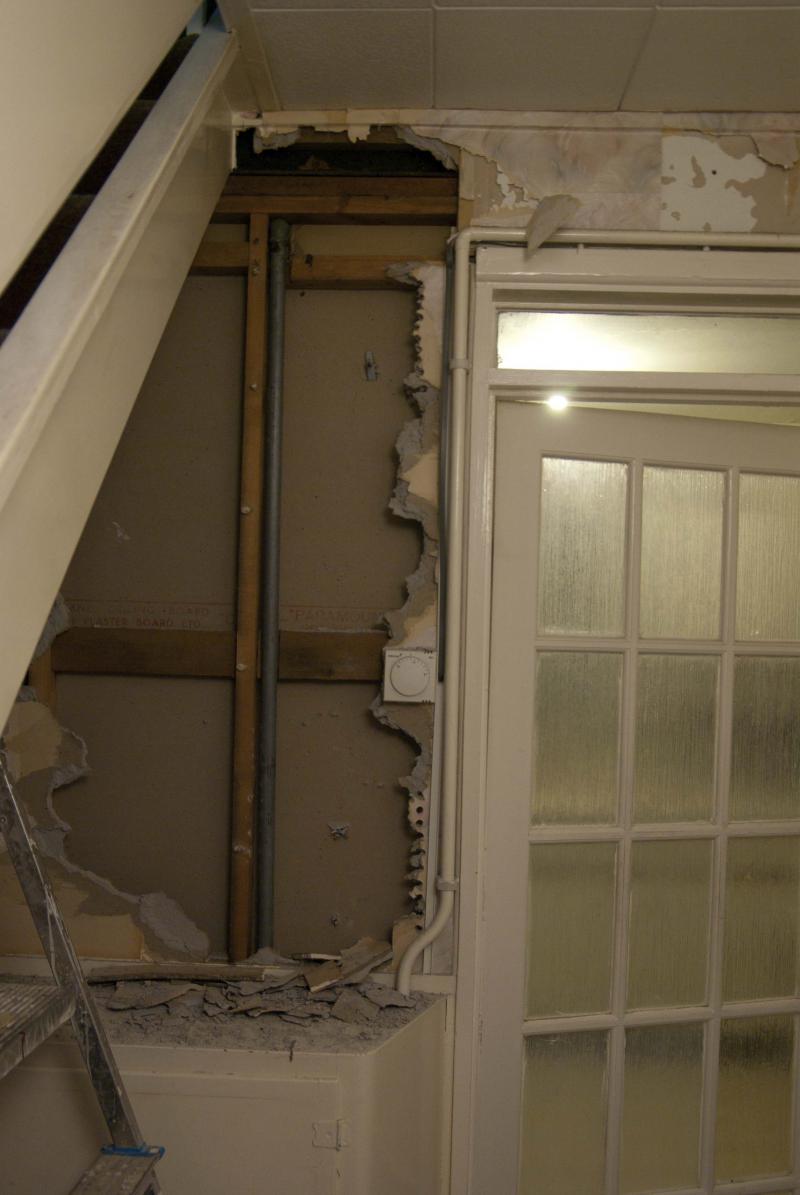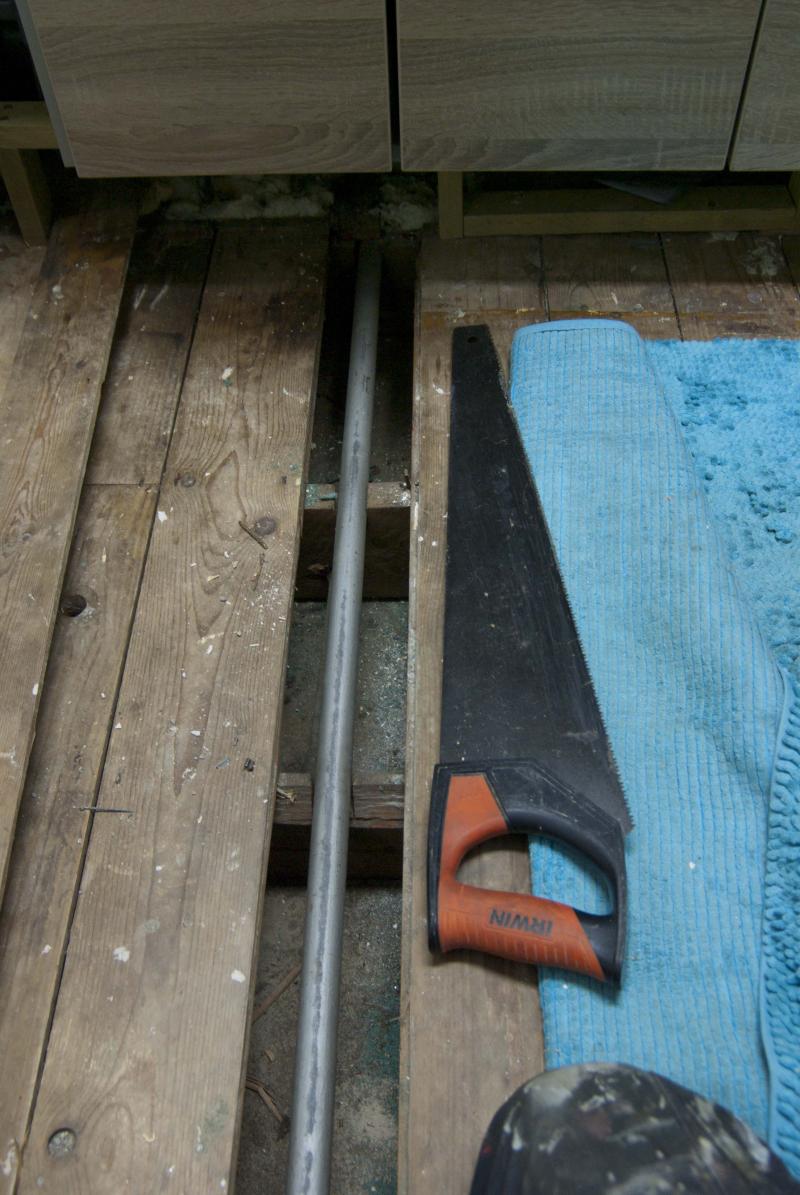Hi all, before I start I should say to avoid anyone jumping on their high horse this is is *not* something I'm proposing to DIY, apart from the associated works of lifting floorboards etc.
I have Instagroup coming next week to install a new boiler. Because it's a big company, it's been almost impossible to speak to anyone who actually does the work and so I've only had fairly vague proposals of what is going to be done in terms of connecting the boiler to the existing gas supply.
The gas supply to the present boiler is surface mounted and very unsightly - basically it's 22mm all round three sides of a door which is the first thing you see in front of you when you open the front door. So I'm keen to avoid them wanting to do something similar.
I suggested T-ing the supply off the original steel pipe under the first floor, which at the moment only feeds the cooker. This would be better as the steel pipe is hidden inside a dry wall/under the floor.
The surveyor said it wasn't possible to T a copper pipe from a steel pipe, which doesn't sound right to me - to start with the present copper boiler feed is teed off, just much further back. Is this true, or are they just trying to do it the easiest way?
I have Instagroup coming next week to install a new boiler. Because it's a big company, it's been almost impossible to speak to anyone who actually does the work and so I've only had fairly vague proposals of what is going to be done in terms of connecting the boiler to the existing gas supply.
The gas supply to the present boiler is surface mounted and very unsightly - basically it's 22mm all round three sides of a door which is the first thing you see in front of you when you open the front door. So I'm keen to avoid them wanting to do something similar.
I suggested T-ing the supply off the original steel pipe under the first floor, which at the moment only feeds the cooker. This would be better as the steel pipe is hidden inside a dry wall/under the floor.
The surveyor said it wasn't possible to T a copper pipe from a steel pipe, which doesn't sound right to me - to start with the present copper boiler feed is teed off, just much further back. Is this true, or are they just trying to do it the easiest way?



